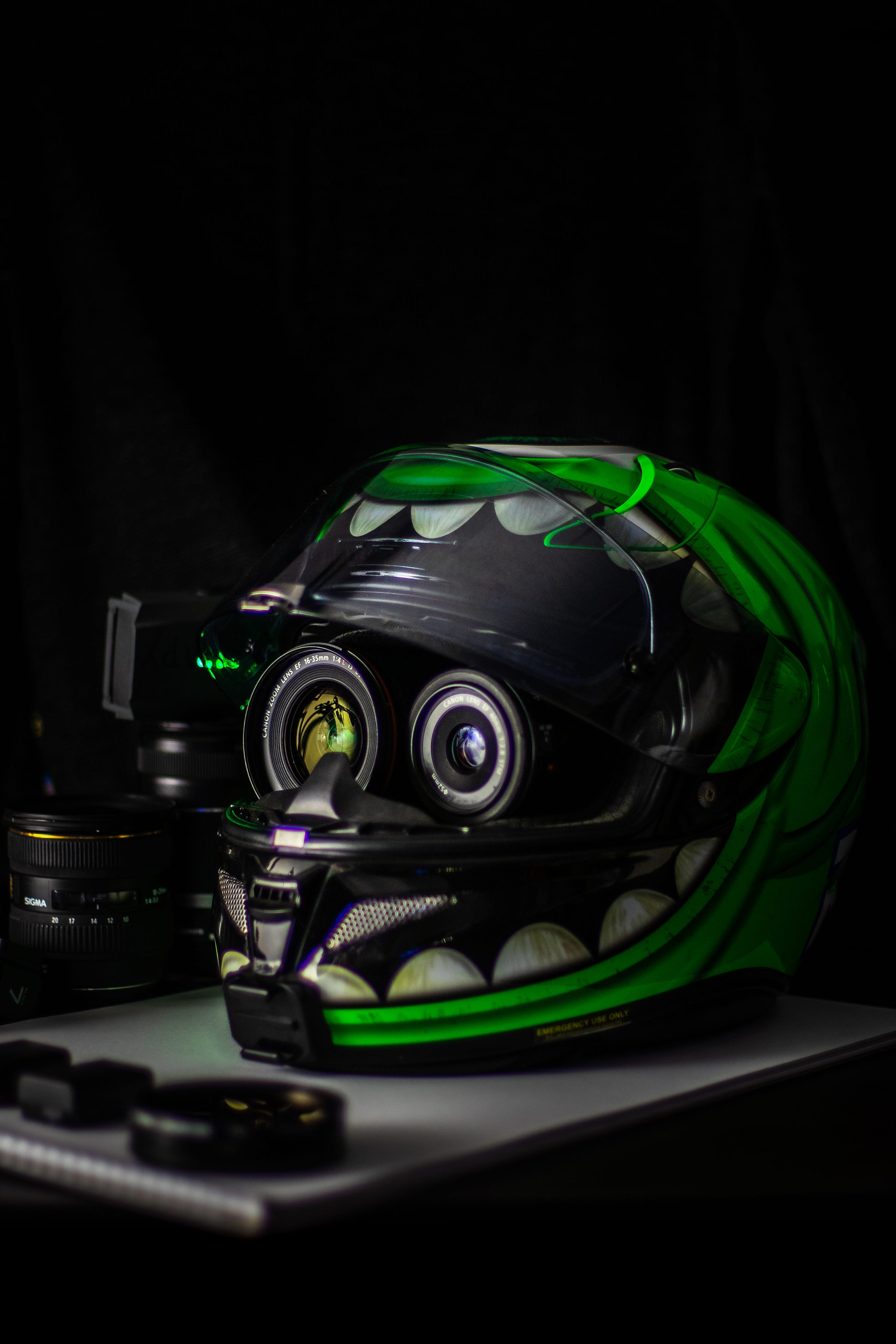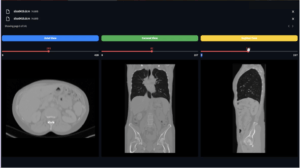What is computer vision? Why is it so important, and how can it impact your business? Find out.

Computer vision is the science of how computers can be programmed to understand what they see. It is implemented in applications where you want to make sense of the pixels in an image.
This AI algorithm can automatically analyze an image and produce meta data like date, time, camera type, geographical location, and many other things.
It is also possible for this algorithm to detect objects like people, animals, cars, or buildings.
What is the Difference Between AI-Based Image Recognition and Computer Vision?
The difference is that computer vision “talks” to the camera with the help of an interface, whereas with image recognition, it identifies objects in a digital image.
Image recognition is an AI algorithm that analyzes images with the goal of categorizing them in some way. One of its most popular applications is for identifying objects in photographs.
AI-based image recognition focuses on recognizing images and categorizing them based on their content. It generally does not classify objects within images but can detect when specific patterns are present for certain categories of objects.
How Does Deep Learning Work?
The process of deep learning is not straightforward. The algorithm needs to be trained with a huge amount of data, the neural network needs to be able to identify patterns in the data, and it needs to have a way of optimizing its parameters so that it can find the best patterns possible.
Deep learning is an approach to artificial intelligence that employs algorithms inspired by the structure and function of neurons in animal brains. Deep learning employs multiple processing layers that are capable of using artificial intelligence approaches to process information more quickly than traditional computer programs based on rule-based logic or expert systems.
How to Take Advantage of Deep Learning for Computer Vision in Your Organization
Deep learning is the next big thing in image recognition, speech recognition, and natural language processing.
The continuous evolution of deep learning for computer vision has made it a must-have for many organizations. The following are a few ways that organizations can leverage deep learning for computer vision:
- Start with the simplest possible task — This will help you to quickly understand if your model meets your goal or not.
- Make sure to have enough training data — Creating a good model requires a lot of data.
- Train the model with something it already recognizes — This will improve accuracy and help you to avoid overfitting.
Final Thoughts on Deep Learning For Computer Vision
In the end, deep learning has been able to provide a new way for computers to see and understand the world around them. It has shown that it is possible for machines to learn without the need of explicit instructions. Deep learning has been able to create powerful algorithms that can be used in many areas such as object recognition and classification.



